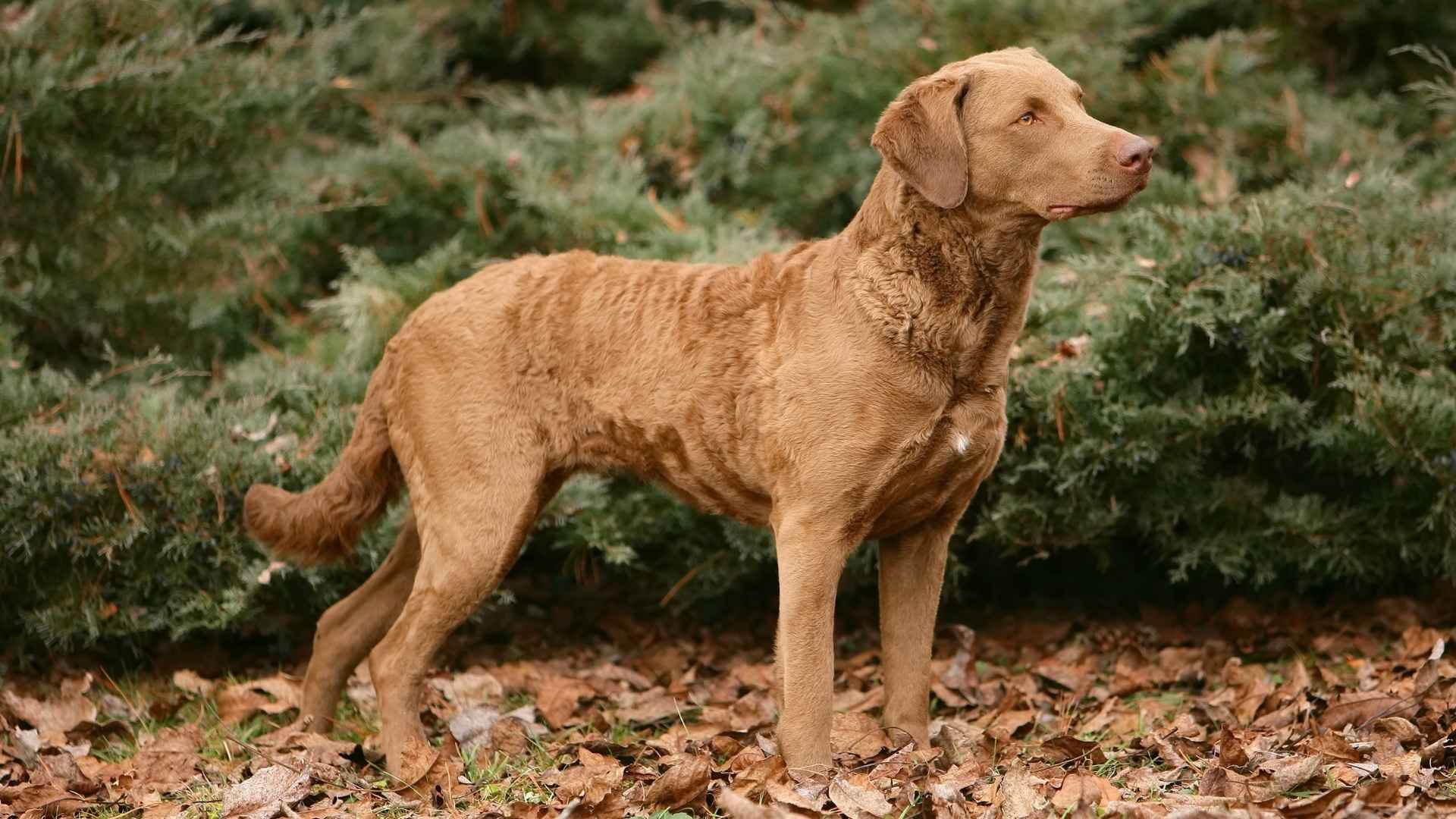When it comes to conservation work, there’s a surprising group of heroes making a huge difference—dogs. These incredible canines have incredible noses that can sniff out the faintest scent trails that even the most advanced technology can’t match.
In fact, scientists say a dog’s sense of smell is up to 100,000 times stronger than that of humans, thanks to their 220 million olfactory receptors compared to our mere 5 million. That dog’s ability to detect even the smallest traces of animals, plants, or scat makes them a vital team member in wildlife conservation.
These specially trained detection dogs are more than just loyal working dogs—they’re partners to researchers and handlers who search remote land to protect fragile habitats and endangered species. Whether it’s helping to monitor wildlife populations, track invasive species that threaten environmental balance, or find turtles like the elusive wood turtle, their behavior and stamina are key to successful fieldwork.
Now, let’s take a look at the top breed types that have been trained for this vital role in science, helping conservation projects across the country.
Dog Breeds That Help Scientists Track Wildlife
1. American Foxhound
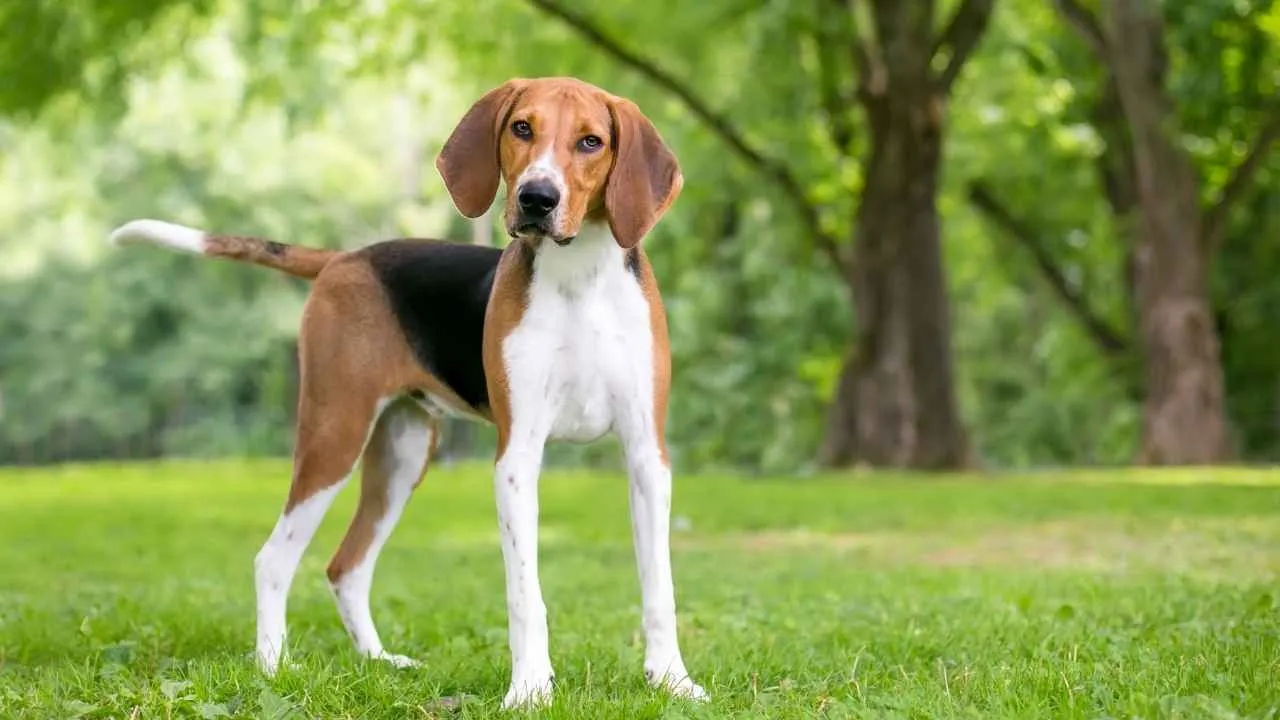
American Foxhounds are sleek and athletic, known for their speed, stamina, and strong behavior when on a scent. Compared to the English Foxhound, Americans have slightly longer, more refined legs and an arched loin that gives them a graceful look. Their big, soft eyes have a gentle, almost pleading expression.
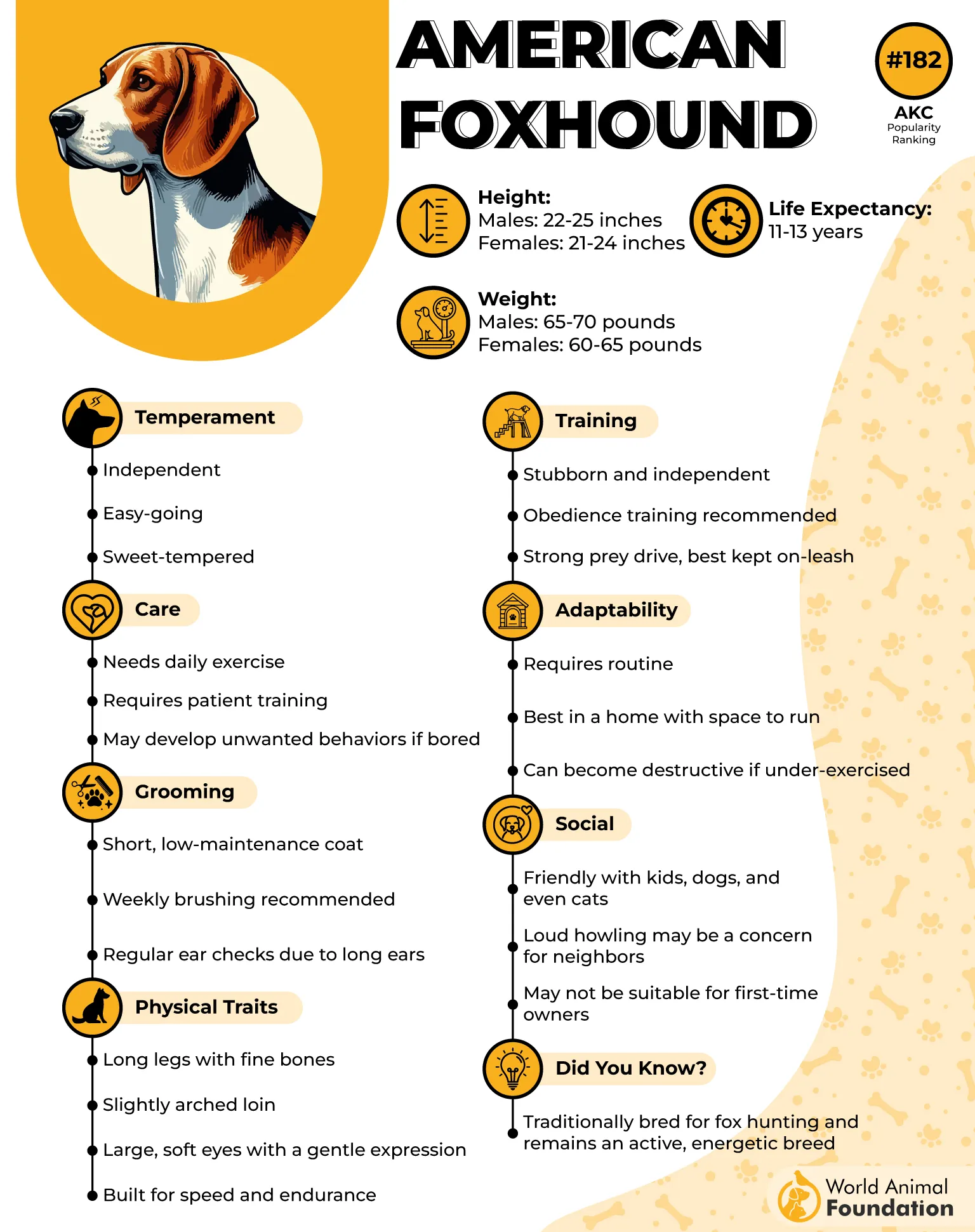
But owning an American Foxhound comes with special considerations. They need lots of exercise—without it, they can become bored, depressed, or even destructive. Their powerful prey drive means they’ll hunt and track a trail for hours, completely focused on their target.
And while their loud, melodic baying might sound beautiful to hound lovers, neighbors may not agree. Training and housebreaking can be a challenge for first-time handlers, so patience is key.
When outdoors, these hounds are unstoppable. They’ll sniff out a scent and follow it for miles, never losing focus. That incredible determination makes them excellent for search missions and project work, where dogs are trained to detect wildlife or invasive species.
2. Beagle
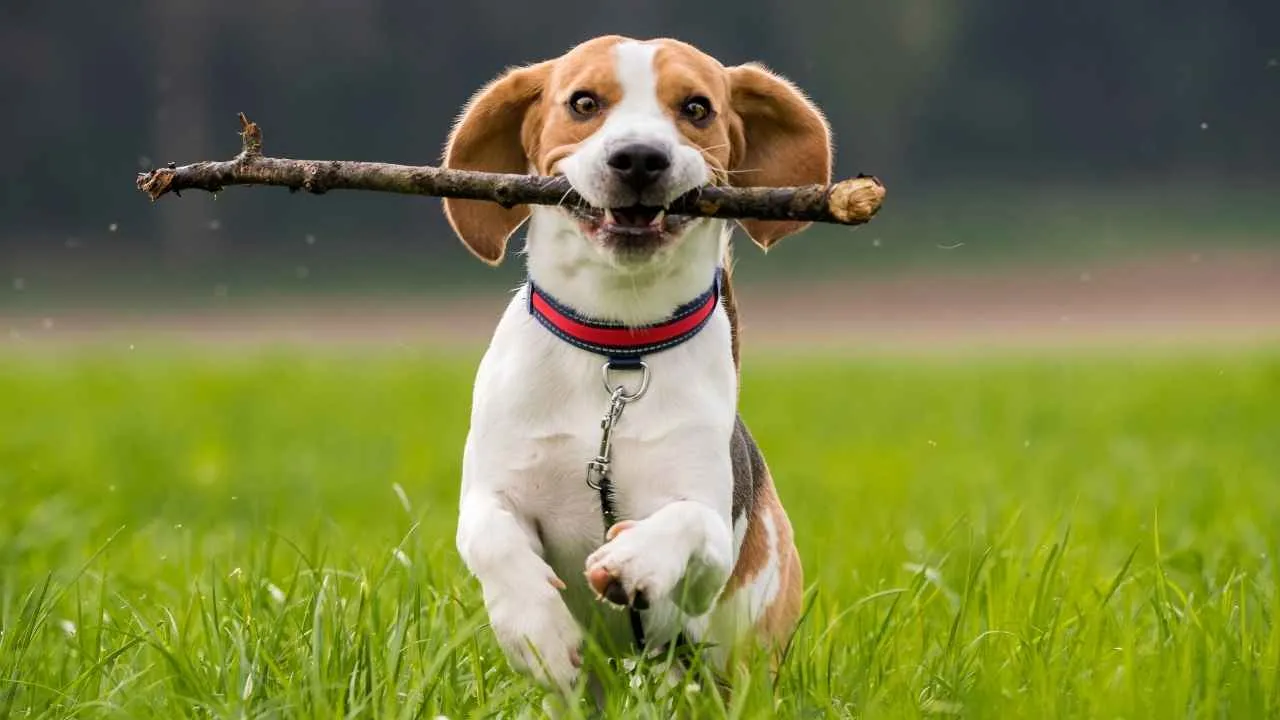
The Beagle is a small hound with a big personality. Known for being cheerful, loyal, and endlessly curious, this dog is loved by families all over the country.
They were originally bred to hunt in packs, which makes them naturally social and easygoing. Whether around kids, other dogs, or even cats, Beagles enjoy company and rarely want to be alone.
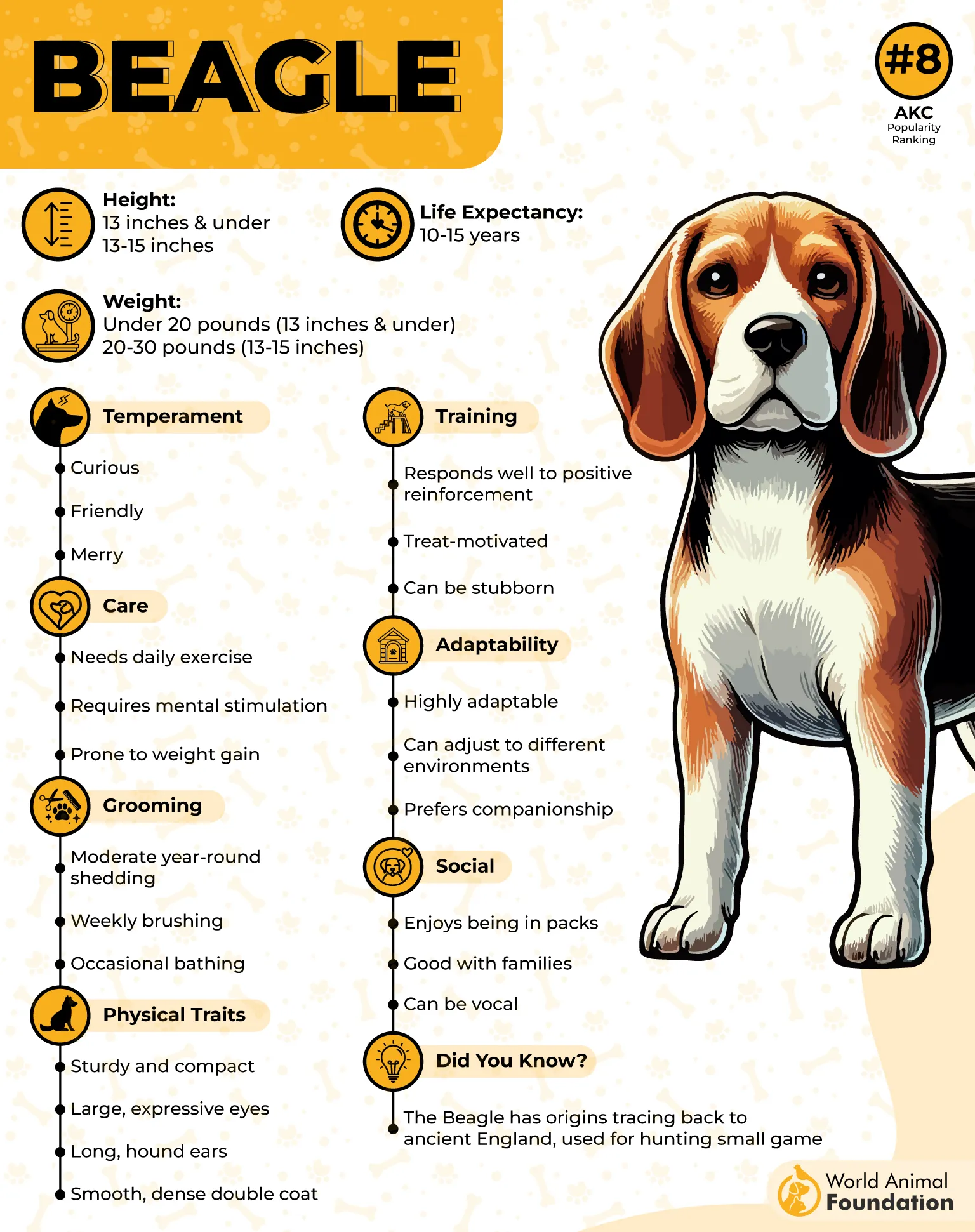
AKC states that there are two Beagle varieties—one under 13 inches at the shoulder, and one between 13 and 15 inches. Both are sturdy and strong, despite their compact size.
Their coats come in lovely colors like lemon, red, and white, or the classic tricolor. But their real charm is in their adorable face, with long, floppy ears and big, pleading brown or hazel eyes.
Don’t let their cute looks fool you, though. Beagles are highly skilled trackers with incredible noses. They have a remarkable dog’s ability to sniff out a scent and stay on it for hours. In fact, their accuracy in detecting targets—whether it’s wildlife, scat, or even invasive species—can reach an impressive 97%.
3. German Shorthaired Pointer
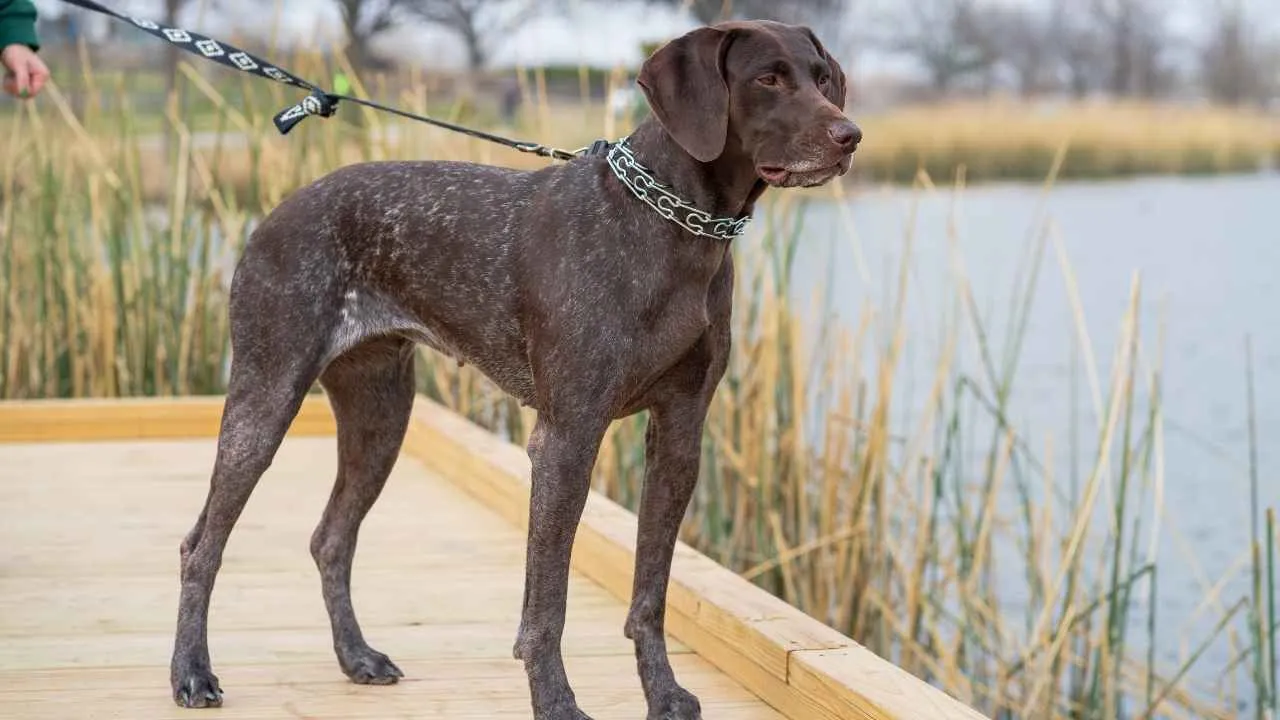
The German Shorthaired Pointer, often called a GSP, has a noble and athletic look. This breed is built for speed, agility, and endurance, making it a favorite among hunters and outdoor enthusiasts. GSPs are often called “bird dogs” because they were trained to find and retrieve waterfowl and other game birds.
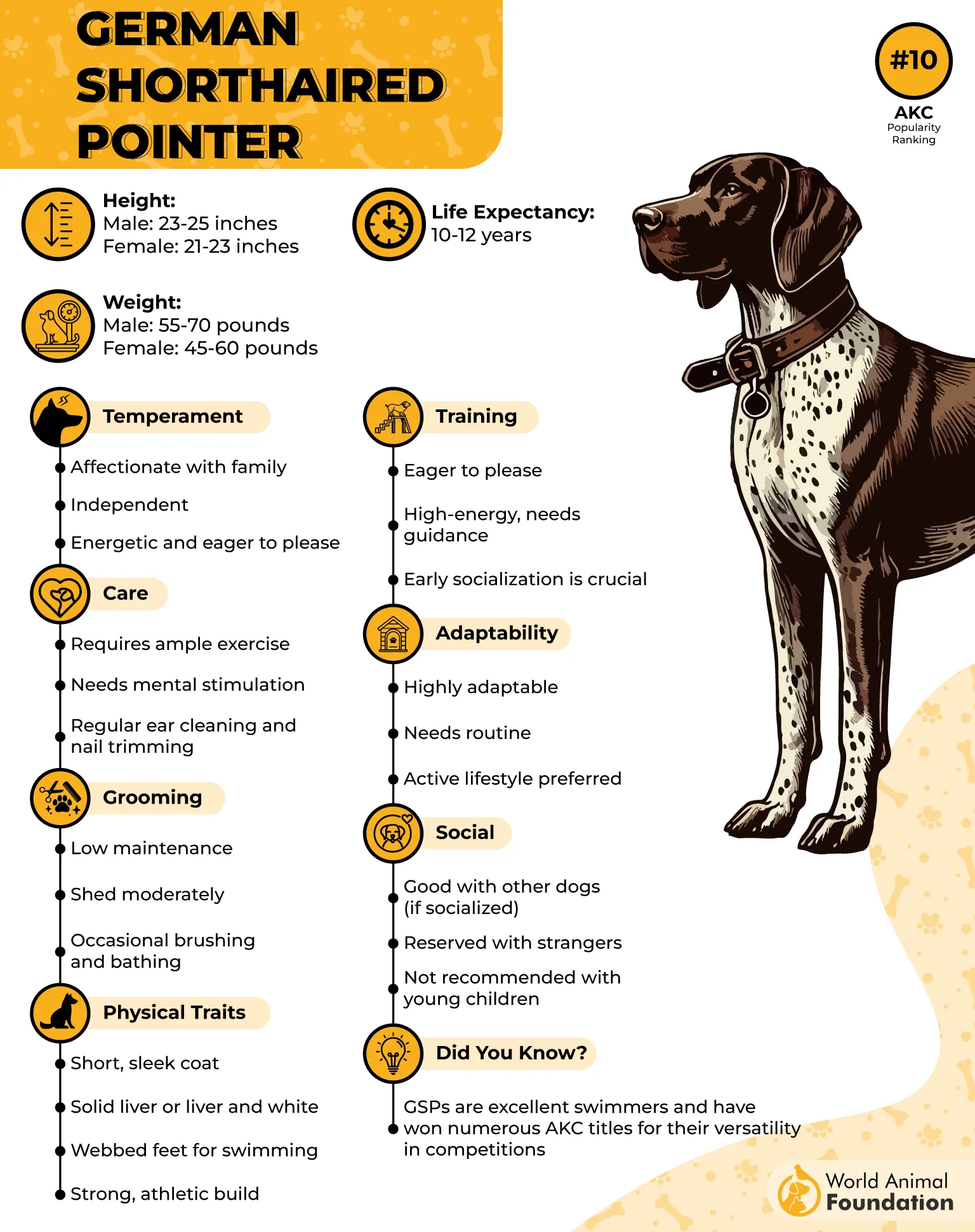
PetMD describes that, unlike some other bird dogs, the GSP has a special behavior when it catches a scent. It will stop and point, standing perfectly still with its nose aimed toward the wild animal.
This “pointing” stance tells its handler exactly where to look. Once given the signal, the GSP will flush out the bird so it can be retrieved.
These dogs love the outdoors. Whether it’s running across open land or helping researchers search for wildlife, they’re always eager to track and detect what’s hidden. With proper dog training, GSPs can be valuable detection dogs for conservation work and projects focused on species monitoring.
Their high energy and strong temperament mean they need plenty of exercise, but they’re also affectionate and loyal companions.
4. Bloodhound

The Bloodhound’s nose has an incredible reputation, and it’s well-deserved. These gentle giants have been helping humans track location and follow trails for centuries. In fact, their history goes back further than written records, with evidence of their tracking work as far back as 1066 BC.
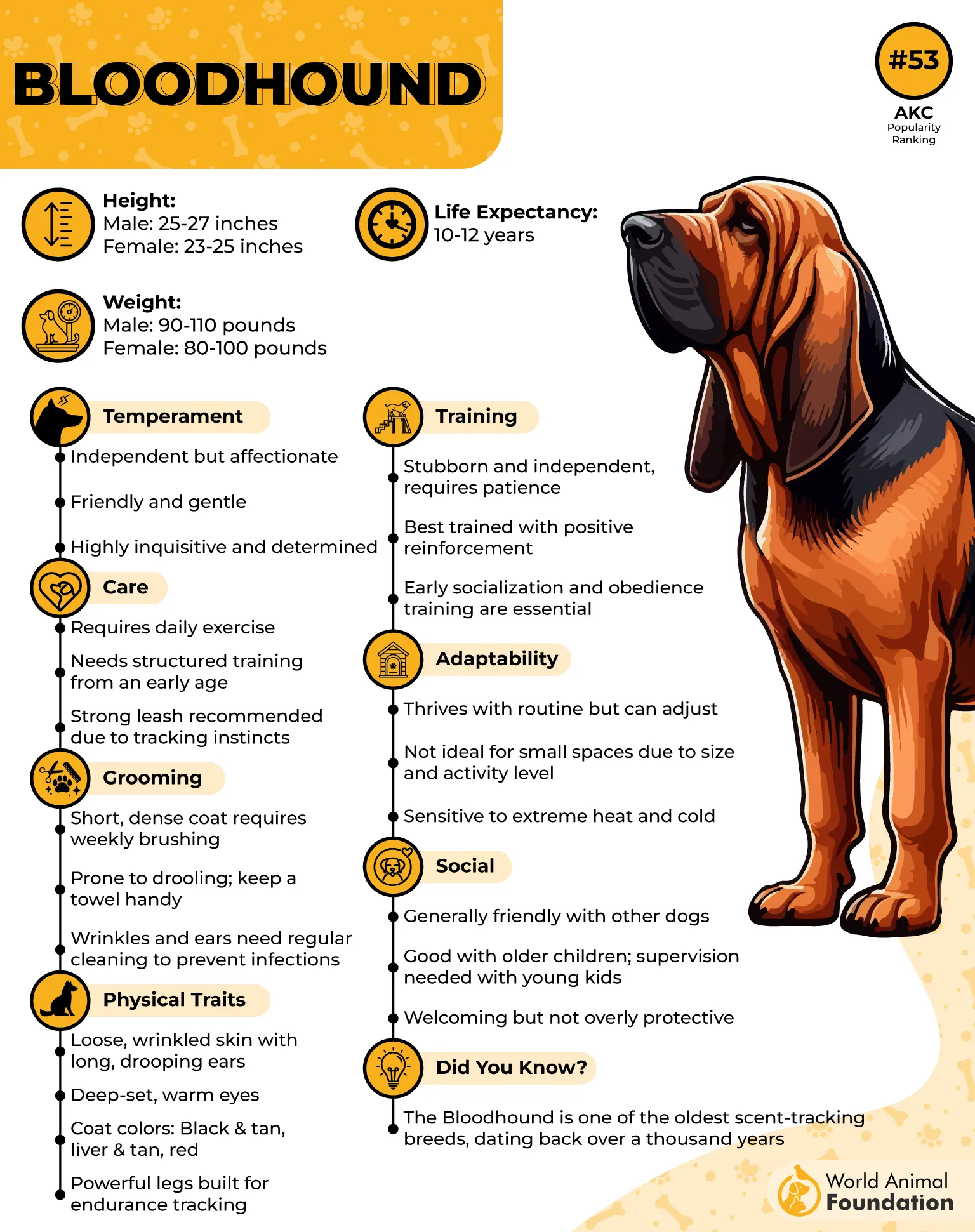
With super long ears, wrinkled skin to trap scent, and a body built to stay close to the ground, Bloodhounds are the gold standard of tracking dogs.
They can follow a trail that’s several days old and even spread their search across more than 100 miles. It’s no wonder they are trusted for missing person cases and even in criminal investigations.
As conservation dogs, Bloodhounds can play a vital role in projects that require covering large areas to monitor the health of wildlife or find a hidden location of rare species.
They work closely with handlers, and handlers agree that their determination is unmatched. A Bloodhound will stay on the trail for hours, even six weeks after the scent was left behind.
5. Black and Tan Coonhound
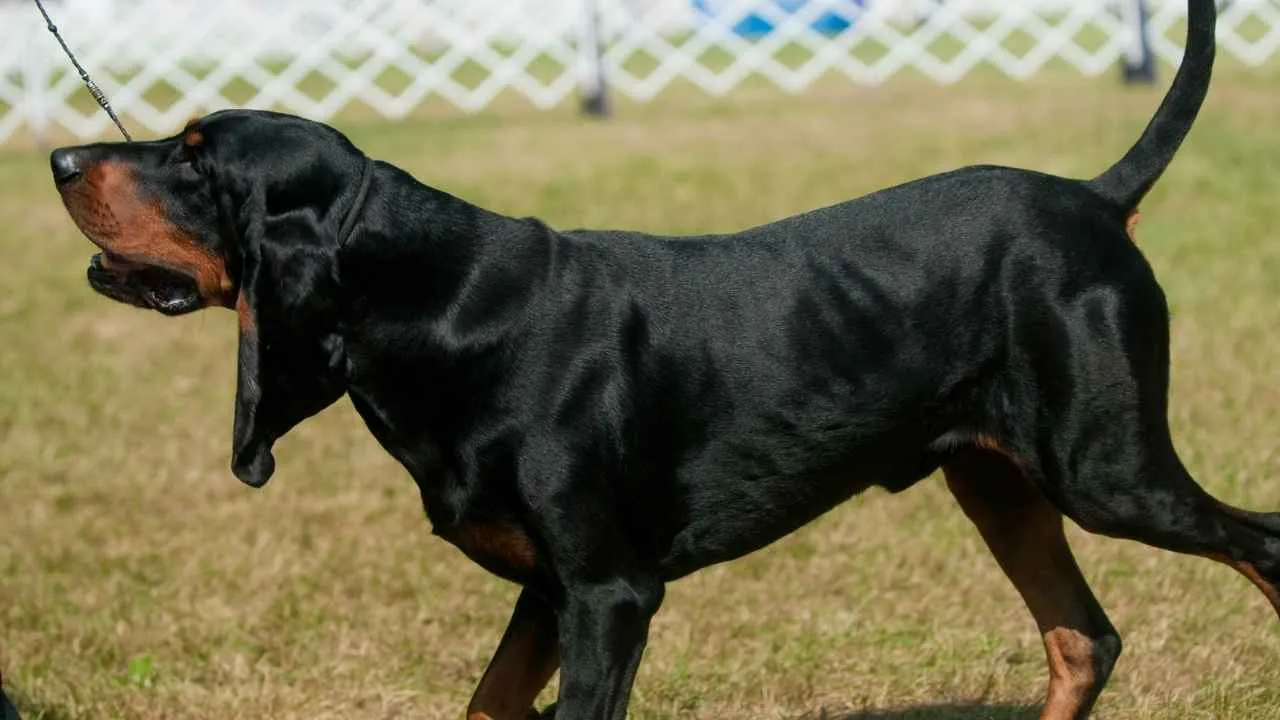
The Black and Tan Coonhound is a true American original. These large, athletic hounds are calm and friendly at home but unstoppable when following a trail. They were bred to spend long nights tracking raccoons, moving with power and persistence.
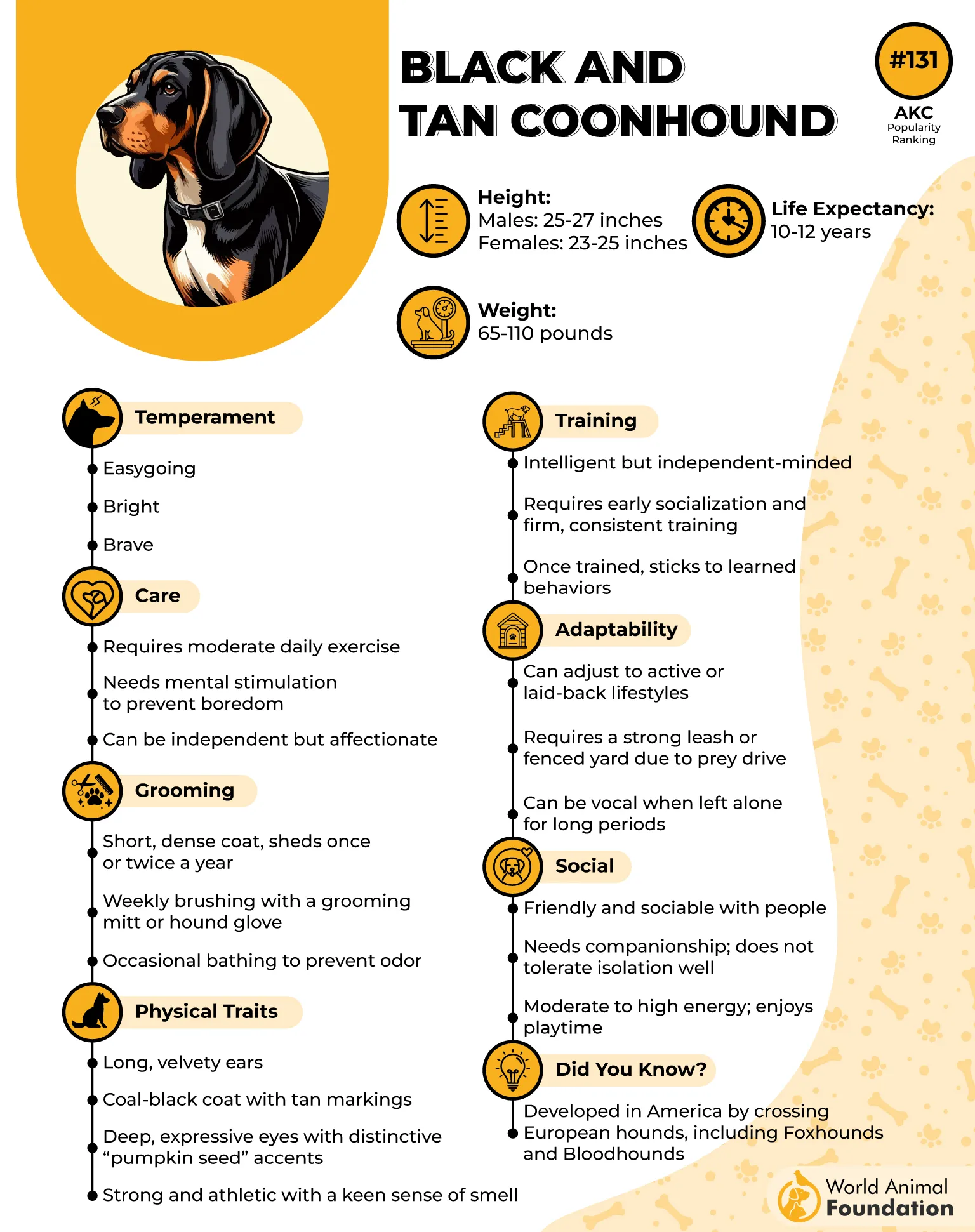
With an amazingly sensitive odor-detecting nose, long velvety ears, and a coal-black coat with rich tan markings, they’re both striking and skilled. Black and Tan Coonhounds have incredible stamina.
They can follow a scent trail for up to 12 hours without giving up, covering a wide range of ground with ease. This determination makes them excellent dogs for outdoor work in challenging environmental conditions.
Like all hounds, they can be easily distracted by a passing squirrel or any intriguing smell. A sturdy fence and a strong leash are a must. They also need plenty of mental and physical stimulation to stay happy. Without it, they may start developing unwanted habits, like loud baying to call for attention.
6. Golden Retriever
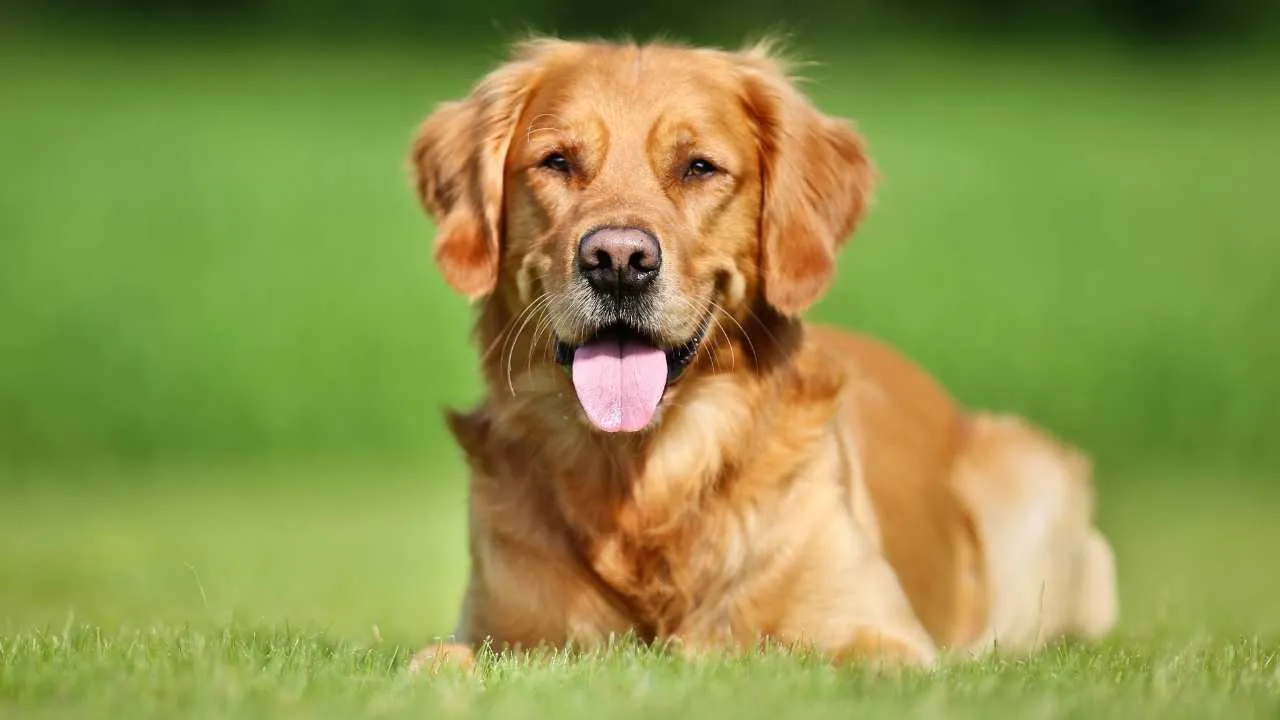
The Golden Retriever is one of the most beloved dogs in the world. This breed was developed in Scotland during the 19th century as a gundog and water retriever. It was trained to help hunters recover game birds, thanks to its strength, agility, and love for water.

With a thick golden coat and a friendly, gentle temperament, Golden Retrievers are both hardworking and affectionate. They’ve long been valued as family companions and service dogs, often assisting people with special needs.
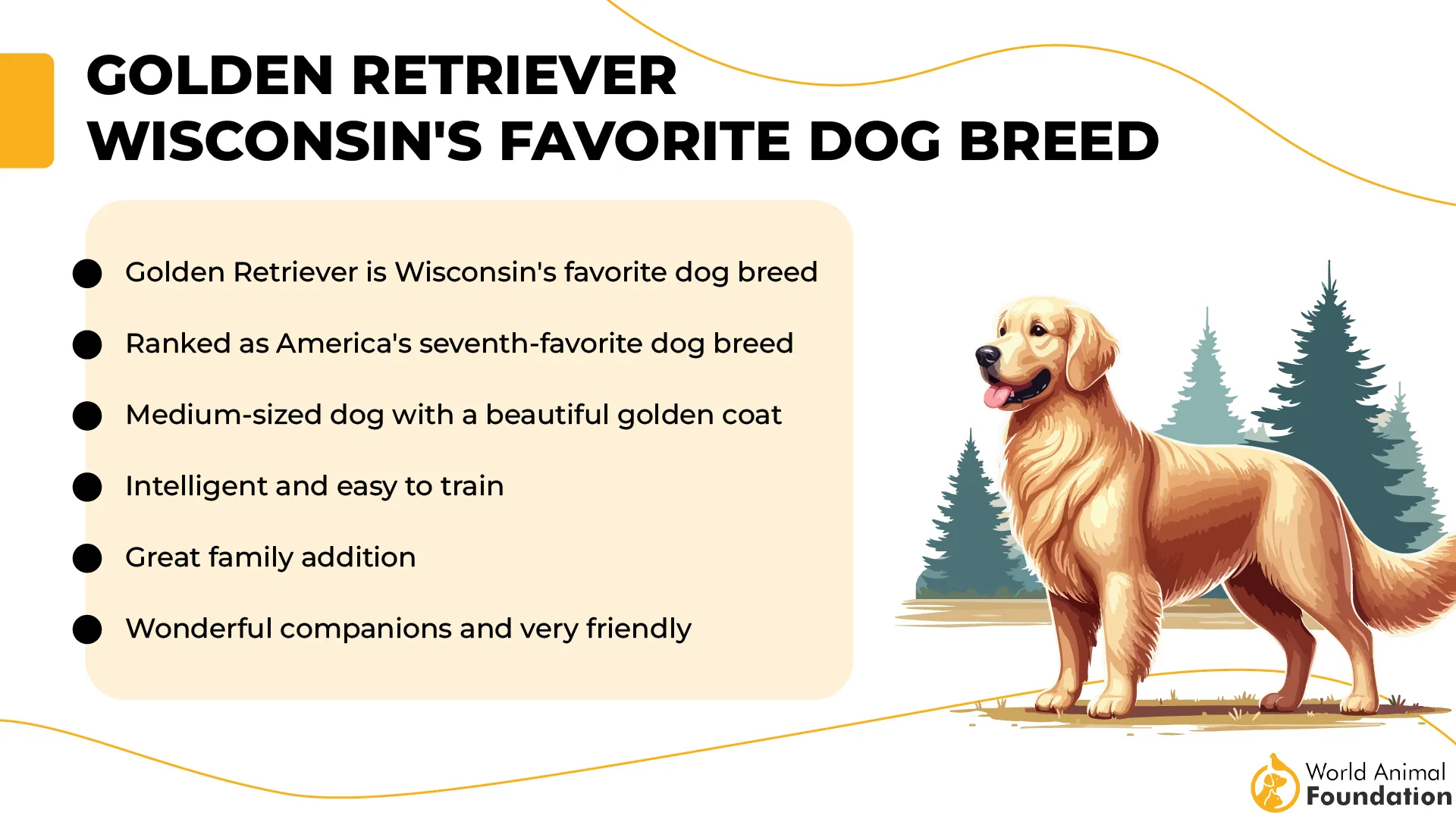
But their skills go far beyond family life. Golden Retrievers can also be excellent conservation dogs. Their intelligence and ability to work as part of a team make them valuable partners for scientists in the field. They can help protect delicate habitats by detecting the presence of endangered species and guiding researchers to critical areas.
Golden Retrievers can even assist in projects where radio transmitters are used to monitor wildlife. With proper dog training, they can carefully locate animals without causing harm, making them a reliable part of conservation efforts.
7. Chesapeake Bay Retriever
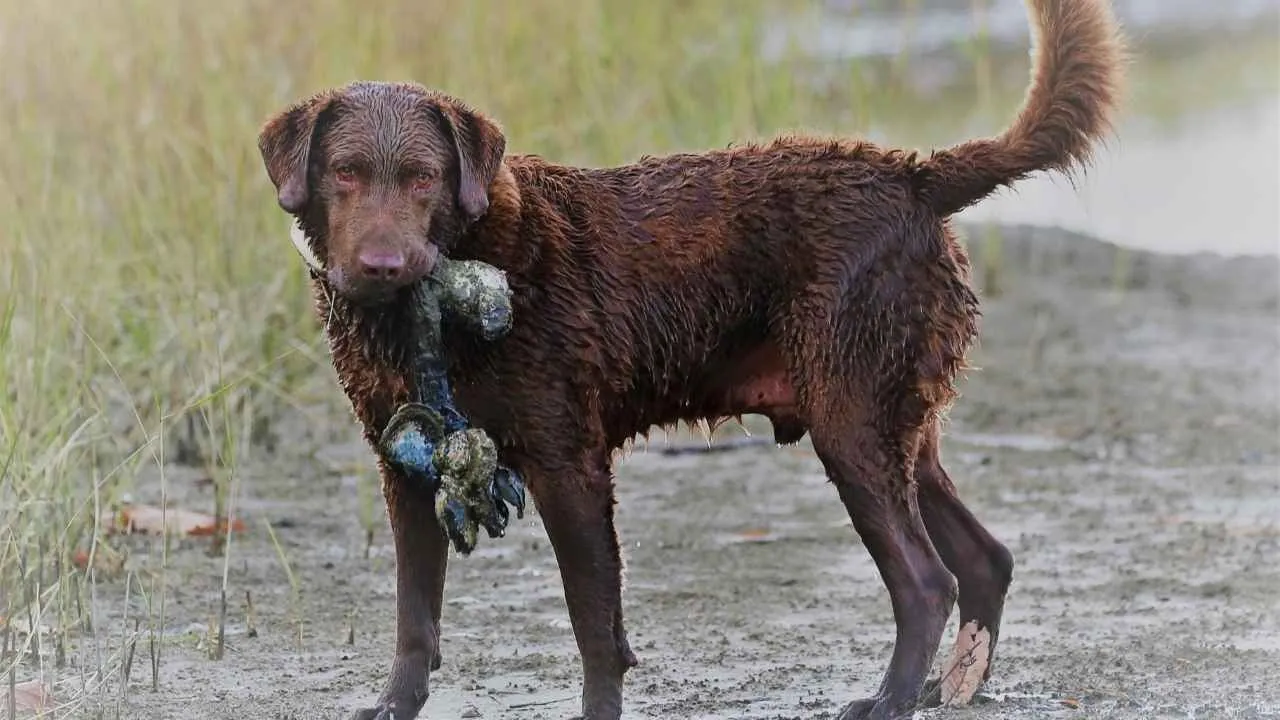
The Chesapeake Bay Retriever, often called the Chessie, is an American original. This breed was developed to retrieve ducks in the icy waters of the Mid-Atlantic. Chessies are loyal, determined, and strong, making them excellent hunting companions.
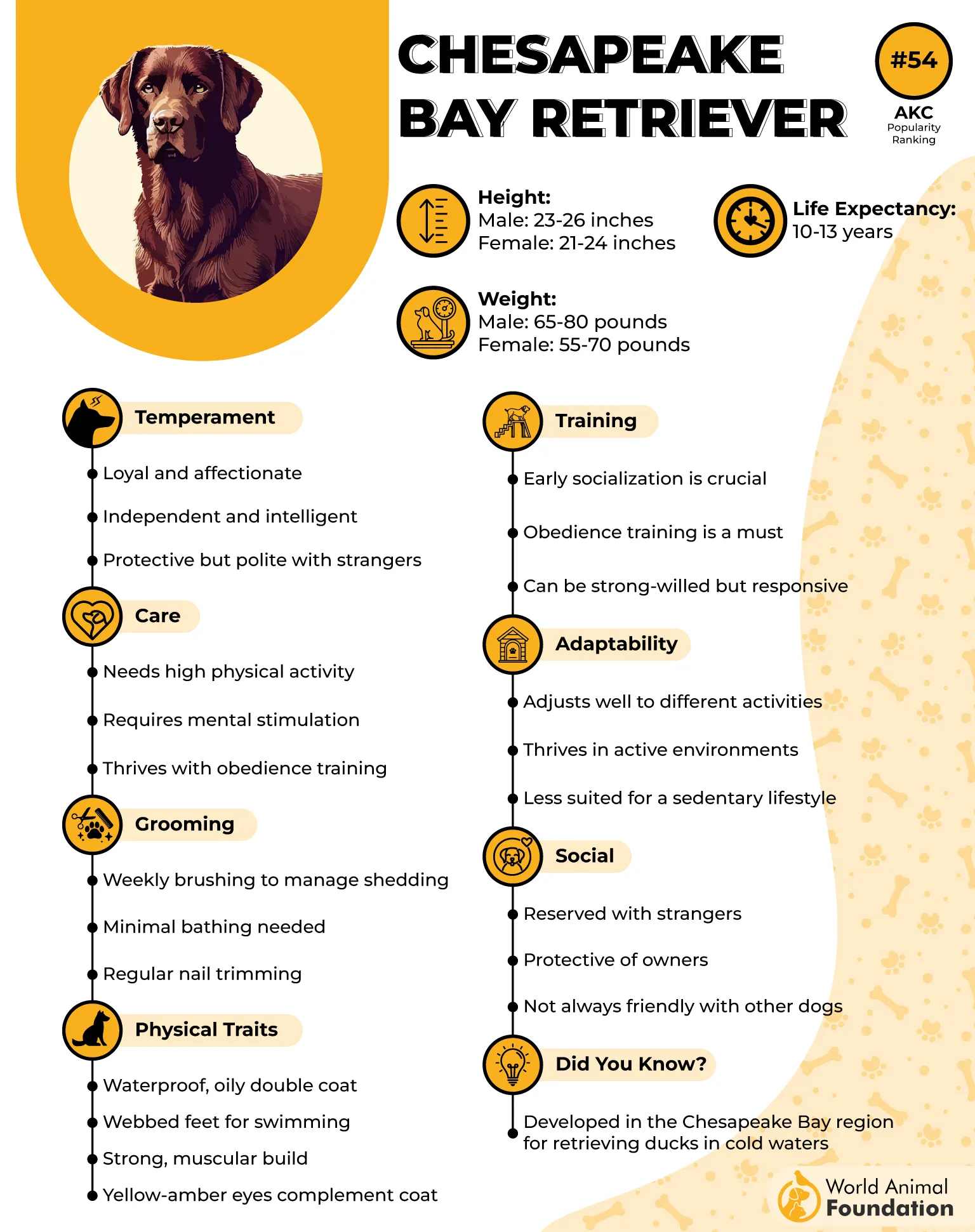
They have a distinct, wavy, waterproof coat that feels slightly oily to the touch. Their colors range from rich chocolate brown to sedge or deadgrass, perfectly blending with their surroundings. Their sharp yellow-amber eyes give them an alert and confident look.
Chessies are intelligent canines with a mind of their own. They are devoted to their family and very protective, making them reliable watchdogs.
Beyond being excellent gundogs, Chessies can also shine as conservation dogs. Their strong work ethic and adaptability make them great partners in conservation work. They can protect delicate habitats by helping track wildlife or guiding researchers to specific areas without disturbing the natural environment.
8. Labrador Retriever
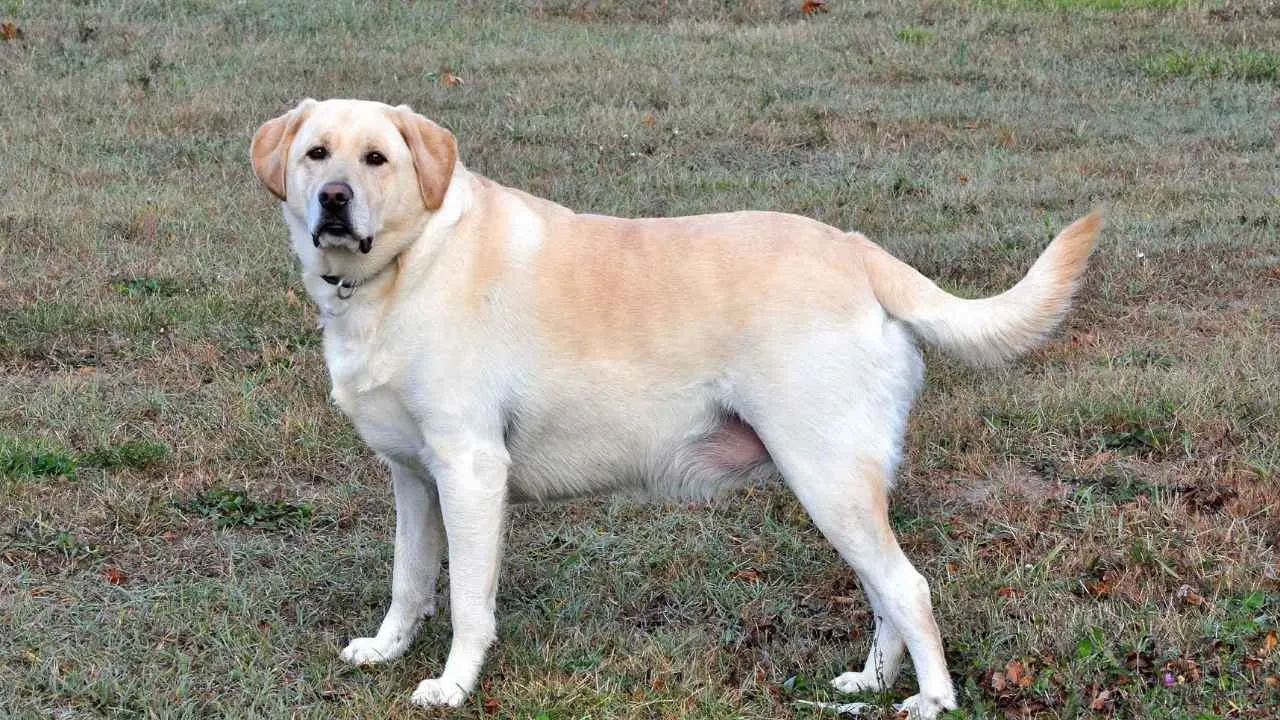
The Labrador Retriever is one of the most popular dogs in the United States, and it’s easy to see why. Labs are friendly, loyal, and always eager to please. Labs come in three classic colors: yellow, black, and chocolate.
They have a short, water-resistant coat that helps them swim easily, even in cold temperatures. Originally bred for hunting and retrieving game birds, they are now known for being amazing family companions and versatile working dogs.
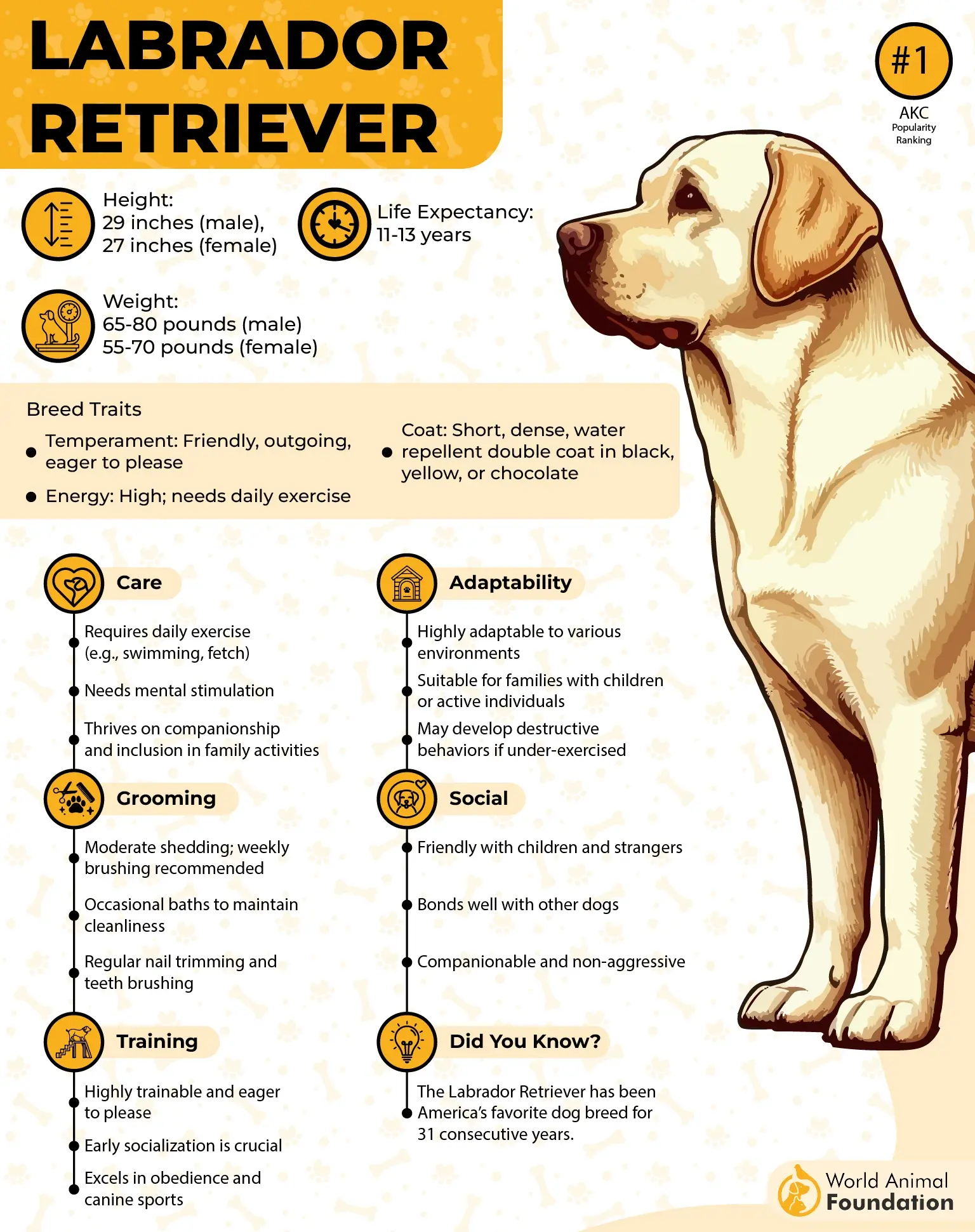
Highly intelligent and quick to learn, Labs excel at many jobs. They’re often trained as conservation dogs to help protect fragile habitats and track important wildlife. Their super sniffer talents make them valuable in detecting invasive species that threaten native plants and animals.
While they’re hardy and strong, Labs can still be susceptible to certain health issues if not properly cared for. Regular exercise, a balanced diet, and routine check-ups keep them healthy and ready for any task.
9. Plott Hound
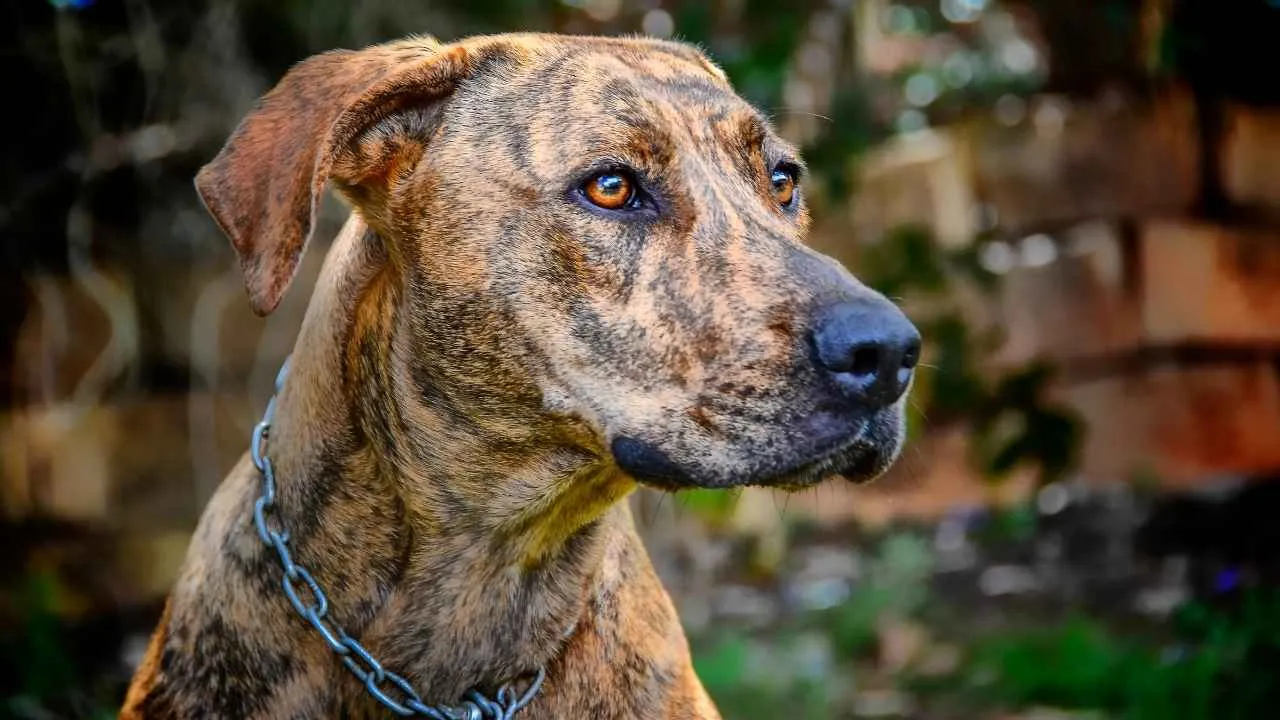
The Plott Hound is a bold and determined scent hound originally bred for hunting wild boar in the rugged mountains of North Carolina.
WebMD says that it’s the only American coonhound breed not related to foxhounds, making it truly unique. Known for speed and spirit, Plott Hounds are fearless hunters yet loyal and affectionate with their families.
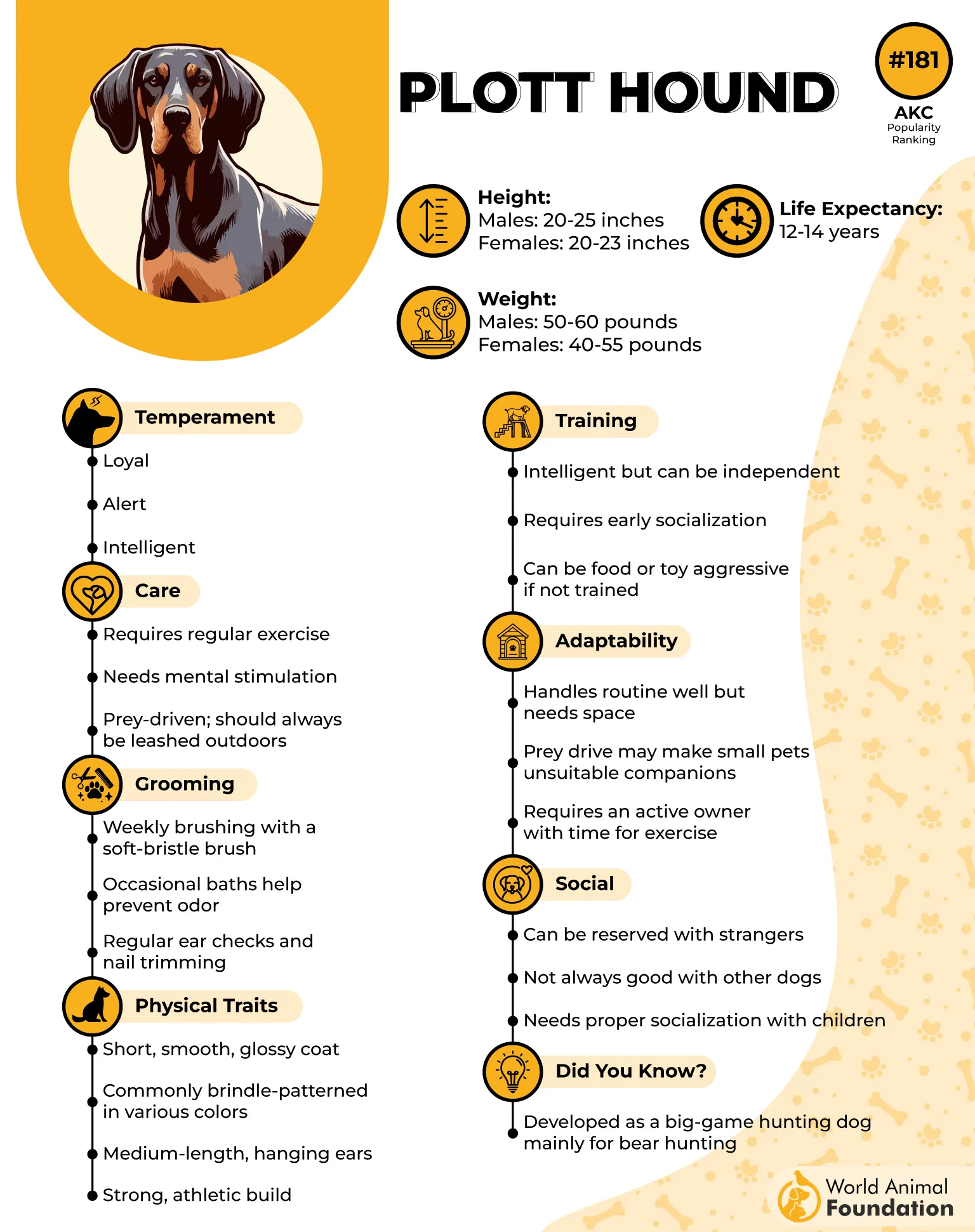
This breed is athletic, confident, and always ready for adventure. Their sleek, strong bodies are built for endurance, and they have sharp minds that make them quick learners.
They were developed using Hanover hounds and local hunting dogs, creating a powerful and resilient companion. Today, the Plott Hound is even honored as the official state dog of North Carolina.
While brave and eager to please, these conservation dogs need proper training and socialization. Without enough activity, they can become restless, as they naturally crave a job to do. They may also see smaller animals as prey, so careful introductions are important.
Conclusion
From fearless scent hounds like the Bloodhound to versatile retrievers like the Labrador, each of these dogs brings unique strengths to the field. Their incredible noses, stamina, and loyalty make them essential partners in tracking, hunting, and even conservation work. Whether helping scientists protect endangered species or assisting families as loving companions, these breeds prove just how remarkable canines can be.
No matter the breed, all of these dogs share a common trait: an unshakable bond with their handlers and a willingness to work hard. With proper training, care, and understanding, these loyal partners continue to make a difference—whether in the wild, on the hunt, or right at home.


